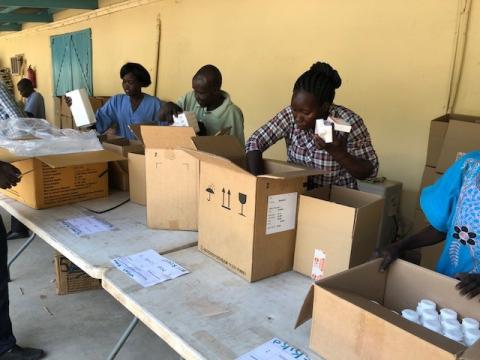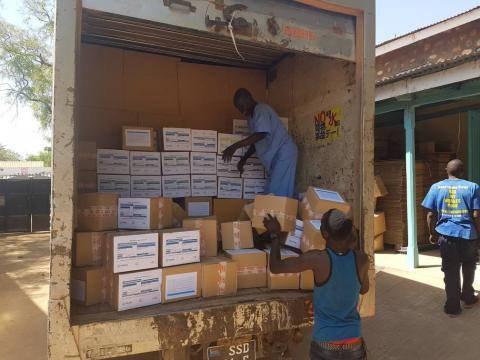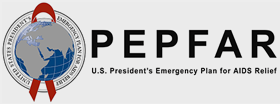Due to a lack of donor funding, the government’s health supply chain was unable to reliably store individual products centrally and then distribute and properly track health facilities outside the capital of Juba. The government also lacks a robust logistics management information system and resupply system to ensure contraceptive availability.
To overcome these challenges, GHSC-PSM worked with UNFPA – which supports the procurement and storage of FP commodities – and HPF – a key provider of healthcare services that supports procurement and distribution of essential medicines – to create family planning (FP) kits. These kits are pre-packaged for distribution, combining different types of contraceptives into a single box at the UNFPA stores located at the Central Medical Stores in Juba. GHSC-PSM packs the UNFPA commodities and delivers them to the HPF, which then takes them to service delivery points across eight former states, per their distribution plan. Essential medicine kits and other health commodities are also included in the distribution.
The basic FP kits contain a variety of contraceptives to meet patient needs, including injectables, oral contraceptives, and condoms. Supplemental kits contain the additional options of implants and intrauterine devices.





